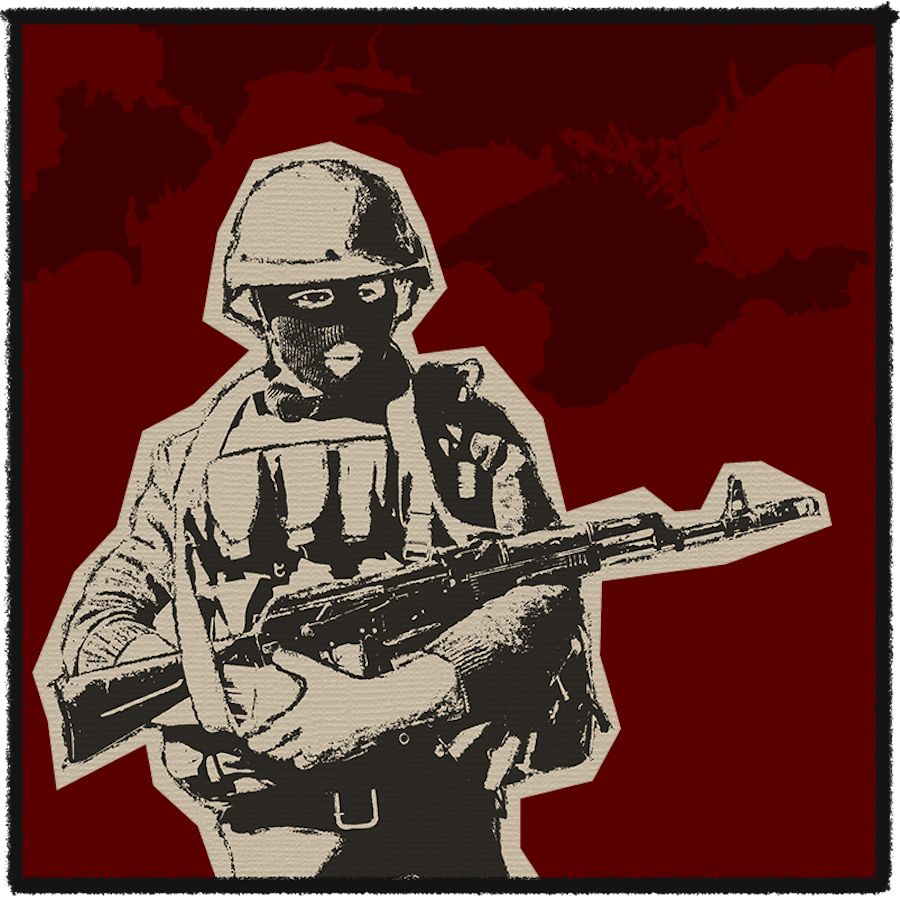DETER AND DIVIDE
Russia's Nuclear Rhetoric
& Escalation Risks in Ukraine
By: Heather Williams, Kelsey Hartigan, Lachlan MacKenzie & Reja Younis
CSIS Project on Nuclear Issues | December 4, 2023

As the war in Ukraine passed the year mark in March 2023, the United Nations warned that the risk of nuclear weapons use was the highest it had been since the darkest days of the Cold War. Five months earlier, in October 2022, U.S. president Joe Biden warned of "the prospect of Armageddon."
Russia’s nuclear threats have underpinned each stage of the conflict.
Assessing Russia’s nuclear threats, and the international responses to them, can shed light on future Russian signaling and its policy implications.
While Putin’s intentions cannot be definitively discerned, analyzing the Kremlin’s rhetoric is critical for assessing the likelihood of future nuclear use.
This analysis focuses on three critical questions:
—1—
To what end(s) has Russia used nuclear threats and what impact have they had?
—2—
Have Western efforts to prevent nuclear use been effective?
—3—
Would Putin consider using nuclear weapons if Russia were losing in Ukraine?
To answer these questions, the CSIS Project on Nuclear Issues (PONI) compiled a data set of Russian nuclear activities, including nuclear threats, along with NATO and Western responses, during the first 18 months of the invasion.
The results of this analysis reveal three key phases of Russia’s nuclear posturing during the war, each with its own risks, trajectories, and lessons for the future.
Russia’s Nuclear Posture
Russia has the largest nuclear arsenal in the world.
As of May 2023, Russia had a nuclear stockpile of approximately 4,489 active nuclear warheads for use on a range of intercontinental ballistic missile, submarine, bomber, and other non-strategic delivery systems. Only 1,674 warheads, however, are currently deployed.
Russian nuclear doctrine lists four scenarios for the use of these weapons:
1) Receipt of reliable data about the launch of ballistic missiles against Russia or its allies
2) Use of nuclear weapons or other weapons of mass destruction (WMDs) against Russia or its allies
3) Attacks against Russian nuclear command, control, and communications infrastructure
4) Aggression against Russia with conventional weapons that threatens “the very existence” of the Russian state
Independent of its declaratory doctrine, the Kremlin could use nuclear weapons first in a conflict to control escalation and signal resolve.
Experts have long debated the ambiguities in Russian doctrine and the conditions under which Putin might use nuclear weapons.
Until February 2022, these debates were largely academic, but Russia’s invasion of Ukraine has elevated the urgency of these considerations. Of particular importance is the question of whether Putin draws a distinction between the Russian state and his own regime.
Given the risks that Putin has taken in his efforts to gain political control over Ukraine, it is possible that he believes that defeat would pose a threat to the “very existence” of his rule.
Russia’s Nuclear Posture
Russia has the largest nuclear arsenal in the world.
As of May 2023, Russia had a nuclear stockpile of approximately 4,489 active nuclear warheads for use on a range of intercontinental ballistic missile, submarine, bomber, and other non-strategic delivery systems. Only 1,674 warheads, however, are currently deployed.
Russian nuclear doctrine lists four scenarios for the use of these weapons:
1) Receipt of reliable data about the launch of ballistic missiles against Russia or its allies
2) Use of nuclear weapons or other weapons of mass destruction (WMDs) against Russia or its allies
3) Attacks against Russian nuclear command, control, and communications infrastructure
4) Aggression against Russia with conventional weapons that threatens “the very existence” of the Russian state
Independent of its declaratory doctrine, the Kremlin could use nuclear weapons first in a conflict to control escalation and signal resolve.
Experts have long debated the ambiguities in Russian doctrine and the conditions under which Putin might use nuclear weapons.
Until February 2022, these debates were largely academic, but Russia’s invasion of Ukraine has elevated the urgency of these considerations. Of particular importance is the question of whether Putin draws a distinction between the Russian state and his own regime.
Given the risks that Putin has taken in his efforts to gain political control over Ukraine, it is possible that he believes that defeat would pose a threat to the “very existence” of his rule.
The Precursor
2014 – 2022
Russia’s 2022 invasion of Ukraine followed several unsuccessful efforts to exert political control over the country.
The current conflict traces its origins to the winter of 2013–2014. In December, Putin pressured Ukraine’s pro-Russian president, Viktor Yanukovych, to abandon the path to partnership with the European Union in favor of a deal with the Kremlin for $15 billion in aid and cheaper energy prices.
Protests against Yanukovych’s decision forced him to flee the country in February 2014. Putin responded by illegally seizing Crimea and providing military support to separatists in Donbas.
Between 2015 and 2022, the frontlines in Donbas were largely static, but Ukraine’s ties to the West grew stronger, as did the Ukrainian military. The Kremlin became increasingly strident in its opposition to Ukraine’s ties to NATO.
Alliance leaders responded that while they were open to diplomacy, they were unwilling to discuss shutting NATO’s doors to new members.
On February 24, 2022, following months of military buildup and in the wake of a large-scale nuclear exercise, Putin launched a full-scale invasion of Ukraine. The invasion was intended to topple the Western-aligned government of Volodymyr Zelensky within 72 hours.
Russia’s 2022 invasion of Ukraine followed several unsuccessful efforts to exert political control over the country.
The current conflict traces its origins to the winter of 2013–2014. In December, Putin pressured Ukraine’s pro-Russian president, Viktor Yanukovych, to abandon the path to partnership with the European Union in favor of a deal with the Kremlin for $15 billion in aid and cheaper energy prices.
Protests against Yanukovych’s decision forced him to flee the country in February 2014. Putin responded by illegally seizing Crimea and providing military support to separatists in Donbas.
Between 2015 and 2022, the frontlines in Donbas were largely static, but Ukraine’s ties to the West grew stronger, as did the Ukrainian military. The Kremlin became increasingly strident in its opposition to Ukraine’s ties to NATO.
In the lead-up to the February 2022 invasion, Russia made several demands of the United States and NATO:
Alliance leaders responded that while they were open to diplomacy, they were unwilling to discuss shutting NATO’s doors to new members.
On February 24, 2022, following months of military buildup and in the wake of a large-scale nuclear exercise, Putin launched a full-scale invasion of Ukraine. The invasion was intended to topple the Western-aligned government of Volodymyr Zelensky within 72 hours.
Phase 1:
The Invasion
February – July 2022
As Russian troops crossed the Ukrainian border, Vladimir Putin issued the first of many implicit threats against direct NATO intervention in the conflict.
During the initial phase of the war, Western leaders sought to balance efforts to punish Russia and support Ukraine with the need to avoid escalation. To do so, the West adopted an incremental approach, wherein Western states gradually increased the amount and sophistication of aid for Ukraine.
Russian forces soon became bogged down, withdrew from around Kyiv, and began a grinding offensive in Donbas.
On February 27, 2022, Putin placed Russia’s nuclear forces on “high combat alert.” Putin claimed that this decision was a response to the “illegitimate sanctions” and “aggressive statements” from the senior officials of NATO member states.
It is unclear exactly which statements Putin was referring to. He may have been referencing a statement by Liz Truss, the United Kingdom’s foreign secretary at the time, on February 27 about the need to defeat Russia in Ukraine, or a statement by French foreign minister Jean-Yves Le Drian on February 24 about NATO’s nuclear status.
Putin’s announcement of this special alert status drew immediate condemnation from White House and NATO officials as “provocative,” “dangerous,” and “add[ing] to the risk of miscalculation.”
February 27th, 2022
You see that Western countries are not only taking unfriendly economic actions against our country . . . but top officials of the leading NATO countries are indulging in aggressive statements directed at our country.
Therefore, I order the Defence Minister and Chief of the General Staff to put [the] Russian Army’s deterrence forces on high combat alert.
-Vladimir Putin, President of Russia
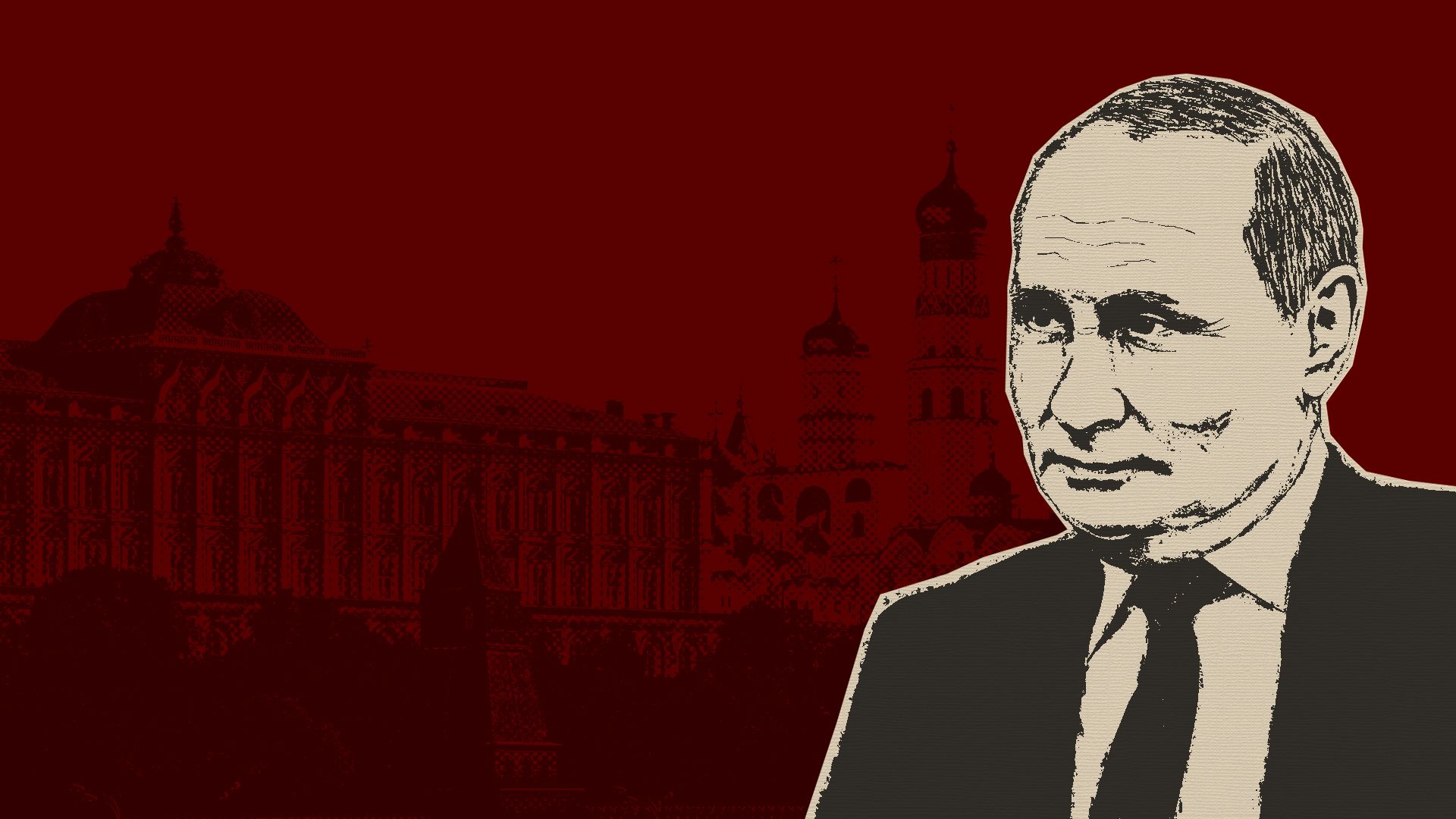
The military significance of this shift in alert status was unclear. U.S. officials stated that they did not fully understand the meaning of the announcement and observed no changes to Russia’s nuclear posture. Some experts speculated that Russia may have brought its command and control network to a higher state of readiness, although this theory was never confirmed.
Throughout the initial phase of the war, Russia used a combination of threats and signals through exercises, tests, and nuclear modernization updates to warn NATO against intervening directly in Ukraine.
Russian officials made repeated references to Russia’s nuclear doctrine both as a way to deny that Russia would use nuclear weapons and to create ambiguity about whether the circumstances in Ukraine could justify nuclear use. Western officials stated publicly that Russian use of nuclear weapons, or other WMDs, would prompt a NATO response, but did not clarify the nature of this response.
Phase 2:
The First Counteroffensives
August – October 2022
Russian officials launched a diplomatic offensive in August to coincide with the Nuclear Non-Proliferation Treaty (NPT) Review Conference. Russian leaders, including Putin, repeatedly stated, “There can be no winners in a nuclear war and it should never be unleashed.”
The Kremlin resumed its menacing rhetoric in September after the conference failed to produce a consensus document due to Russian obstruction.
Ukrainian forces went on the offensive in the Kherson and Kharkiv Oblasts in August and September 2022, respectively. Ukraine had success on both fronts.
Russian rhetoric escalated as Ukrainian forces advanced. Head of the Chechen Republic Ramzan Kadyrov called for Russia to use tactical nuclear weapons in Ukraine, and Russian foreign ministry officials warned of the nuclear risks created by Western aid for Ukraine. Perhaps seeking to compel the West to constrain Ukraine’s counteroffensives, Russian officials also signaled that Russia could use nuclear weapons to defend illegally annexed territory in Ukraine.
As Russia’s battlefield situation further deteriorated in October, the Russian narrative shifted to focus on the threat of a Ukrainian dirty bomb. Starting on October 23, Russian officials initiated a high-intensity information campaign surrounding this narrative.
Russian minister of defence Sergei Shoigu and chief of staff Valery Gerasimov called their counterparts in the United States and United Kingdom to discuss the alleged threat of a dirty bomb, while Russia’s ambassador to the United Nations wrote a letter to the UN secretary general to the same effect. The Russian Ministry of Defence also announced preparations to operate in a radioactive environment.
Western experts feared that this narrative may have been intended to either provide pretext for nuclear use or cover for a false-flag operation. Western leaders condemned Russian threats and warned publicly of severe consequences for nuclear use while privately issuing similar threats to Russian counterparts. The United States and NATO, however, did not specify the nature of the consequences for nuclear use.
During a call with Shoigu on October 26, Indian defence minister Rajnath Singh warned his Russian counterpart against nuclear use and cautioned that nuclear use “goes against the basic tenets of humanity.”
October 24th, 2022
The allegation that Ukraine is preparing to use dirty bombs in Ukraine is absurd. . . . This is part of a pattern we have seen before from Russia—in Syria, but also at the start of the war, or just before the war started in February. And that is that Russia is accusing others [of] doing what they intend to do themselves.
- Jens Stoltenburg, Secretary General of NATO
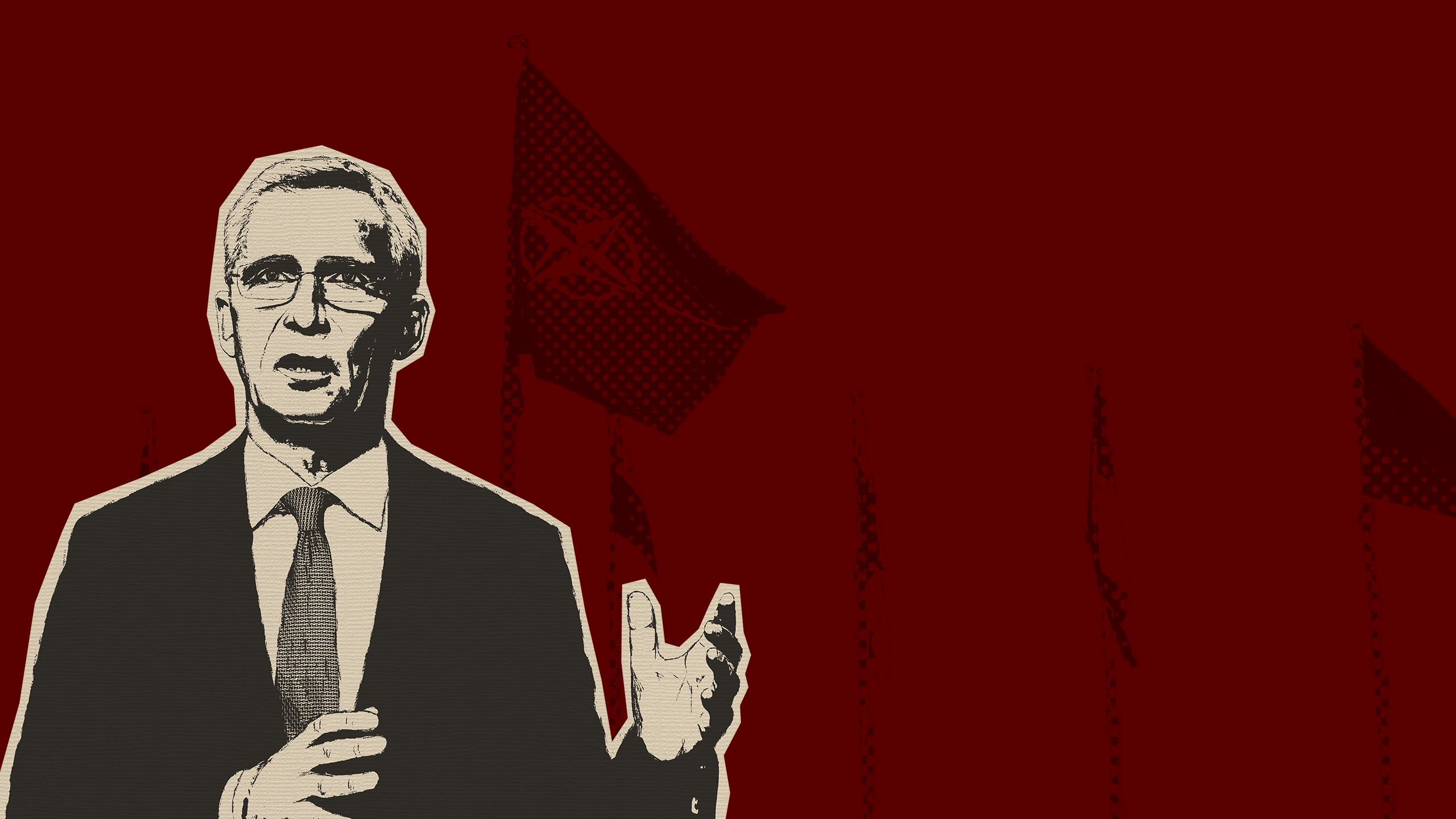
Of any period of the war to date, Russian nuclear signaling was most intense in October 2022. Russian warnings about a Ukrainian dirty bomb coincided with large-scale Russian nuclear exercises and followed warnings that attacks on the illegally annexed territories could prompt nuclear use.
Russian claims that Ukraine and its Western partners might stage a “provocation” using a nuclear or radiological device were not new. The dirty bomb or Ukrainian nuclear weapon narrative dates back as far as the beginning of the invasion.
However, this time the claims about the dirty bomb were different. Not only was there an increase in the number of claims, but there also seemed to be coordination in messaging and an indication that the provocation was imminent.
Kremlin officials issued these warnings as the Russian army faced major defeats, generating concern in the West and internationally that Russia might use tactical nuclear weapons to avert a rout. A November New York Times article reported that Russian military leaders discussed the conditions for nuclear use in October, although these conversations did not involve President Putin.
The fact that Indian, and eventually Chinese, officials publicly opposed nuclear use for the first time during this period is a testament to the degree of international concern during this period.
Phase 3:
The Battles for Bakhmut and Donbas
November 2022 – July 2023
In December 2022, Russian forces began an offensive across the front line in eastern Ukraine. This push, paired with an ongoing strike campaign against Ukrainian energy infrastructure, made limited gains at enormous cost throughout the winter and spring.
After a period of de-escalatory signaling in November, Russian officials resumed their nuclear warnings. These threats focused on the supply of depleted uranium ammunition and F-16s, strikes against Crimea and the Russian homeland, efforts to retake Crimea, and the possibility of Russian defeat.
To the alarm of the West, Putin announced on February 21, 2023, that he would suspend Russia’s participation in the New START Treaty. The nuclear landscape shifted again on March 25 when Putin announced that Russia would station tactical nuclear weapons in Belarus.
Moscow and Minsk had already laid the groundwork for the deployment. Belarusian president Aleksandr Lukashenko modified the country’s constitution to eliminate its nonnuclear status in February 2022, and Putin agreed in June 2022 to provide Belarus with dual-capable delivery systems.
March 25, 2023
We are not handing over [the weapons]. And the U.S. does not hand [them] over to its allies. We’re basically doing the same thing they’ve been doing for a decade. They have allies in certain countries and they train . . . their crews. We are going to do the same thing.
- Vladimir Putin, President of Russia
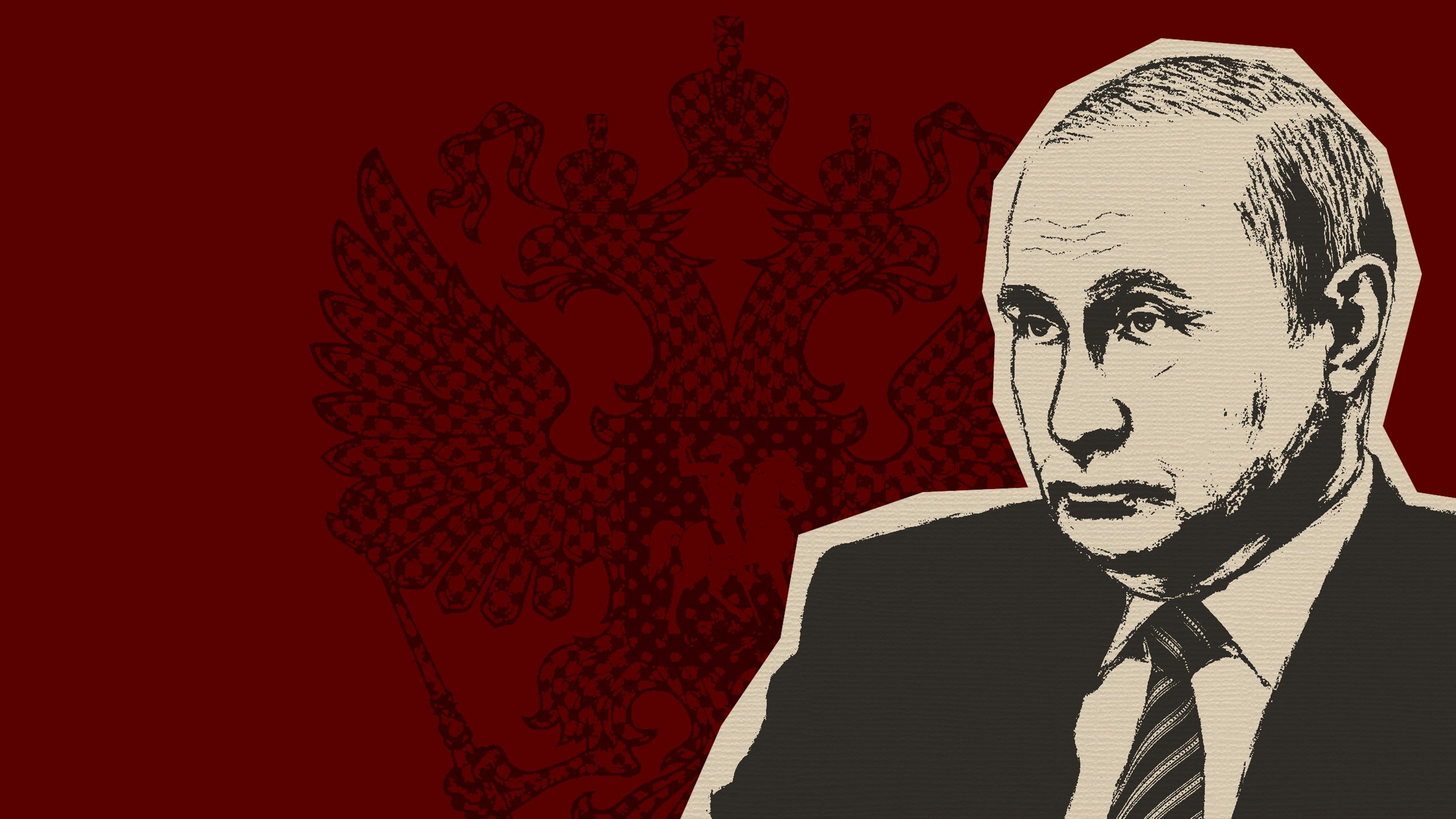
Putin’s March announcement drew a critical but restrained response from the West. In his justification for the deployment of nuclear weapons to Belarus, Putin pointed to NATO’s ongoing nuclear mission as precedent and justification. This increased diplomatic pressure on the United States and NATO allies to justify nuclear-sharing agreements, while deflecting international pressure on Russia.
Although Russian officials maintained a steady drumbeat of menacing nuclear rhetoric from late 2022 through mid-2023, the urgency and intensity of this signaling paled in comparison to that of September and October 2022. Despite Ukraine launching strikes deep into Russia, and NATO supplying new types of military aid, the Kremlin took pains to downplay the risks of nuclear use in November and failed to signal resolve. Following these events, although Western officials continued to warn of severe consequences for nuclear use, they increasingly cited a decreased risk.
In the absence of more aggressive nuclear threats, Russia manipulated risk by other means. The Kremlin jeopardized the sole remaining strategic arms control treaty between Russia and the United States and announced plans to station nuclear weapons in a semi-stable partner state that had previously sparked tensions with NATO.
In this phase of the conflict, Russia more directly challenged the nuclear order, including through a suspension of its participation in arms control.
18 Months of Signaling:
Key Takeaways
An analysis of the three phases of the war yields answers to the critical questions posed at the outset of this report:
(Click to see answers)
Russian nuclear signaling appears to have been intended to deter three developments:
- Initially, Russian threats focused on direct NATO intervention in Ukraine.
- As the war dragged on, the focus of Russian threats shifted to Western aid for Ukraine.
- Russia also sought to avoid attacks on Crimea and the Russian homeland.
The Kremlin may have also sought to divide NATO, elicit sympathy from developing states, or compel the West to constrain Ukrainian counteroffensives through its nuclear signaling.
It is possible that Russian threats deterred NATO intervention and slowed military aid to Ukraine. However, these threats have not deterred incremental military aid for Ukraine.
<—1—
To what end(s) has Russia used nuclear threats and what impact have they had?
>Western deterrence signaling appears to have played a role in the de-escalation of Russian rhetoric. This is particularly true following a period of alarming signaling in October 2022. External actors, namely India and China, also seem to have played a role.
<—2—
Have Western efforts to prevent nuclear use been effective?
>The Kremlin’s nuclear signaling was most intense when Russian forces faced collapse in the fall of 2022. There is reason to believe that Russian nuclear threats will intensify, and the risks of nuclear escalation might rise, if Russia faces a similar battlefield situation in the future.
Russian nuclear rhetoric, however, is seemingly responsive to international pressure. Russian rhetoric became more conciliatory in November 2022 after clear international warnings against nuclear use in September and October.
The Kremlin also seems to care about its international image: at international fora, Russian officials deny that the country has threatened to use nuclear weapons and often strike a comparatively reassuring tone when discussing nuclear risks with non-Western media.
<—3—
Would Putin consider using nuclear weapons if Russia were losing in Ukraine?
>How to Avoid Russia Using Nuclear Weapons in Ukraine
Russia has relied on nuclear weapons to manipulate risk throughout the war in Ukraine. The Kremlin’s nuclear threats and rhetoric are tied to developments on the battlefield and appear intended to deter Western intervention and support for Ukraine.
Russian signaling has had limited success in achieving these goals, as U.S. and NATO support for Ukraine has incrementally increased since the war began. But Russian nuclear threats should nonetheless be taken seriously since Russia could consider nuclear use if its forces face collapse.
The Western response to Russia’s threats has delicately balanced support for Ukraine with the need to avoid escalation and nuclear use. Patterns and trends in Russian and Western nuclear signaling since the start of the war point to opportunities for the United States and NATO to continue to strike this balance.
The United States and its allies should consider the following recommendations to minimize the risks of nuclear use as the war continues:
--1--
Achieve a better understanding of the impacts of international pressure on Russia’s decisionmaking.
It is unclear exactly what impact NATO, Indian, and Chinese messaging had on Putin’s thinking about nuclear use. The U.S. government should prioritize efforts to develop a better understanding of this issue. Doing so would help the United States and NATO better calibrate their own deterrence signals and messaging.
--2--
Continue to signal certainty of retaliation while preserving ambiguity as to the nature of the response.
Western leaders have consistently emphasized that Russian nuclear use will be met with severe consequences. However, they have not specified the exact nature of the response. Maintaining the credibility of this signal will require consultation and coordination among NATO allies on messaging and NATO’s nuclear mission.
--3--
Coordinate with India and China to maximize international pressure against nuclear use.
U.S. leaders should seek to ensure that India and China continue to make clear that nuclear use would be met with severe consequences for Moscow. This could be done through bilateral channels or through a multilateral risk-reduction dialogue.
--4--
Combat Russian narratives that downplay or rationalize the Kremlin’s nuclear threats.
The United States and its allies have used public messaging and intelligence disclosures to counter Russian disinformation since the outset of the invasion. The U.S. government should build on these efforts. It should also ensure that the international community (beyond the West) fully understands the dangers posed by the Kremlin’s irresponsible rhetoric and behavior. Doing so could help to deprive Russia of the tacit political support that it currently enjoys from many developing states and could help to decrease the risks of nuclear use.
Many of these efforts are already playing out but will face challenges over time. Maintaining NATO unity and staying ahead of Russian disinformation will be two of the greatest hurdles for confronting Russian aggression and controlling the risks of nuclear escalation.
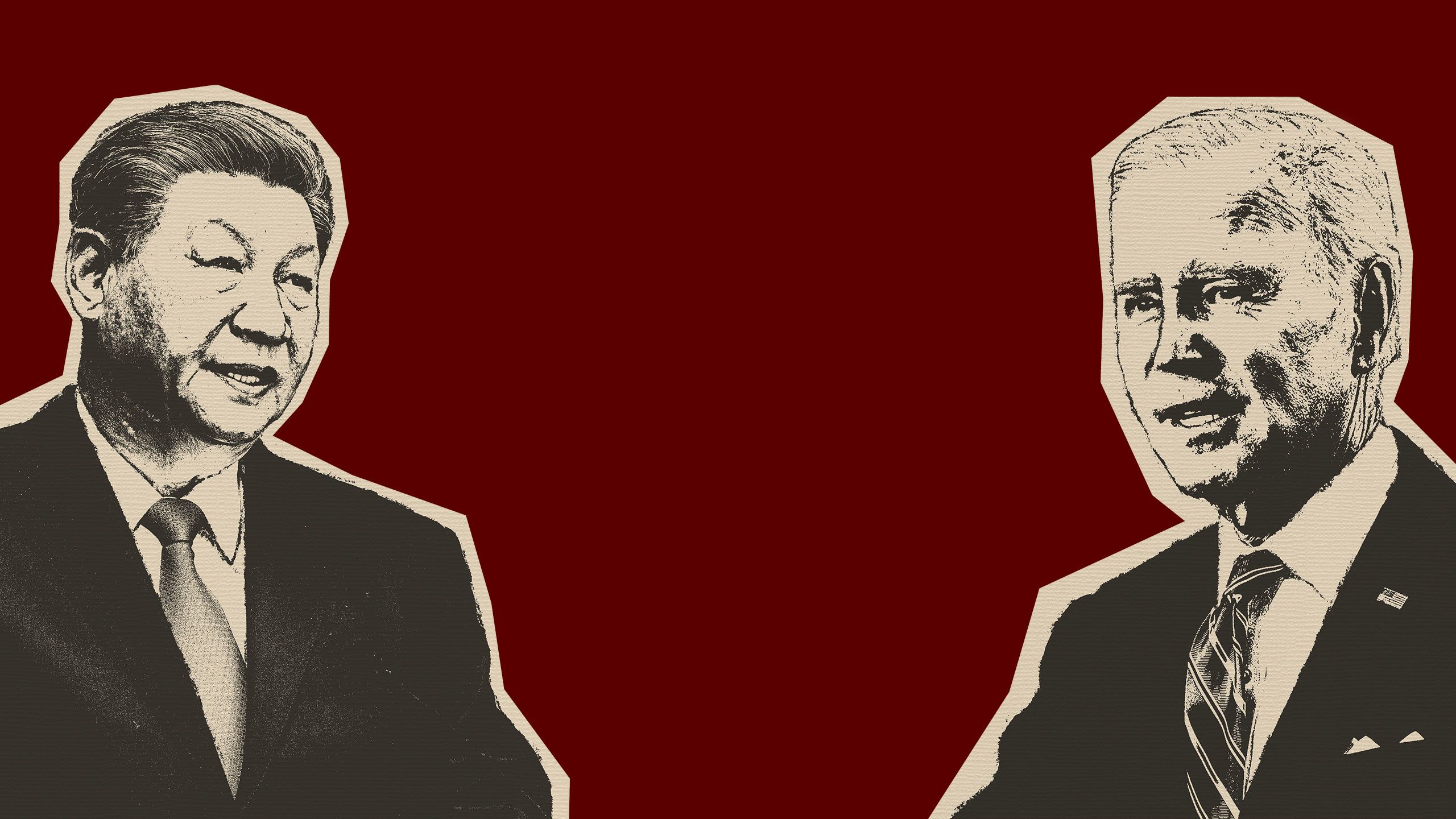
Russian nuclear weapons have been a constant shadow over the war in Ukraine. Russia appears to have relied on them to deter Western intervention and support for Ukraine. Russia has also attempted to manipulate nuclear risk when it has faced battlefield setbacks.
The Kremlin will likely continue to use nuclear threats to influence Western behavior.
A collapse of the Russian army in Ukraine appears unlikely, and there is no reason to expect nuclear escalation in the near future. However, continuing to monitor and analyze Russian nuclear signaling will be critical for understanding and controlling the risks of nuclear use as the war continues.
This report was made possible by general support to CSIS. No direct sponsorship contributed to this report.
Written by Heather Williams, Kelsey Hartigan, Lachlan MacKenzie, and Reja Younis
Special thanks to external reviewers, Diya Ashtakala, and Carla Montilla
Production, design, and illustration by Michael Kohler
Editorial by Sarah B. Grace and Claire Smrt
Development by Lindsay Urchyk
Copyediting by Katherine Stark
Photo & Video: Michele Spatari/Bloomberg via Getty Images, Dinendra Haria/Anadolu Agency via Getty Images, Viktor Drachev/AFP via Getty Images, PETRAS MALUKAS/AFP via Getty Images, Sasha Mordovets/Getty Images, White House, Kremlin, Adobe Stock



